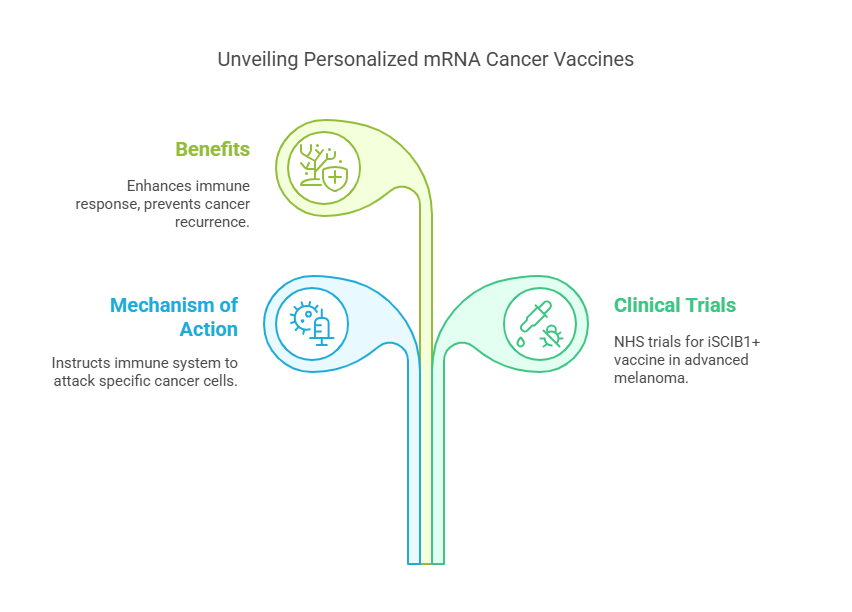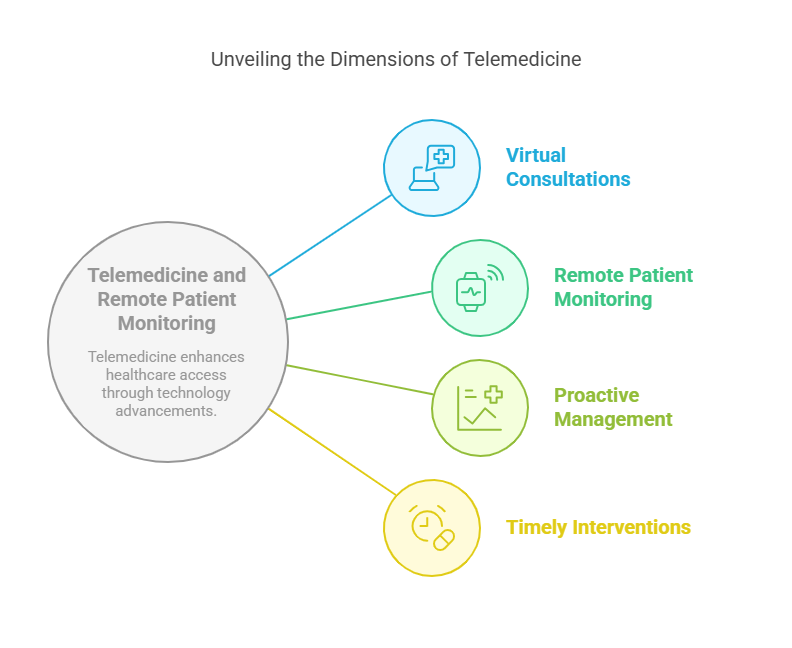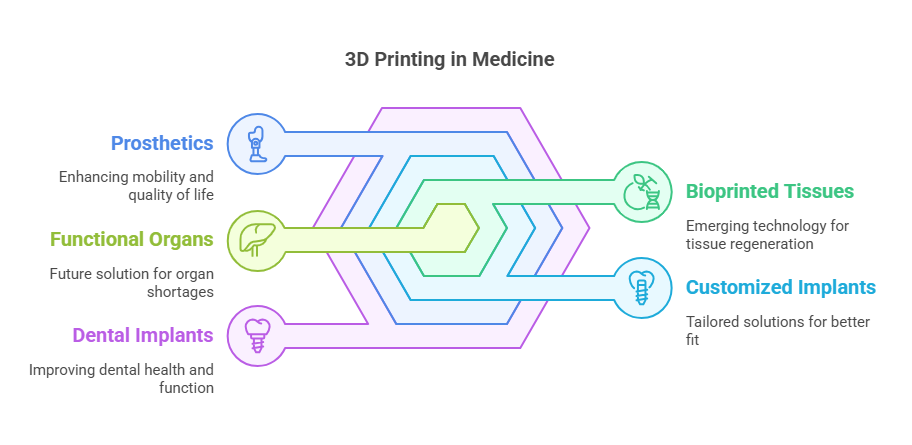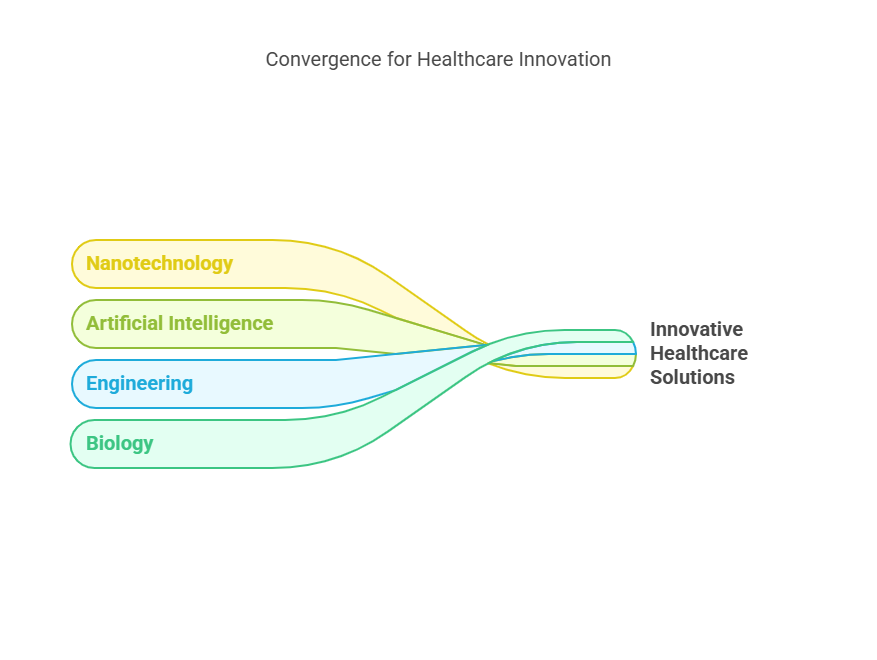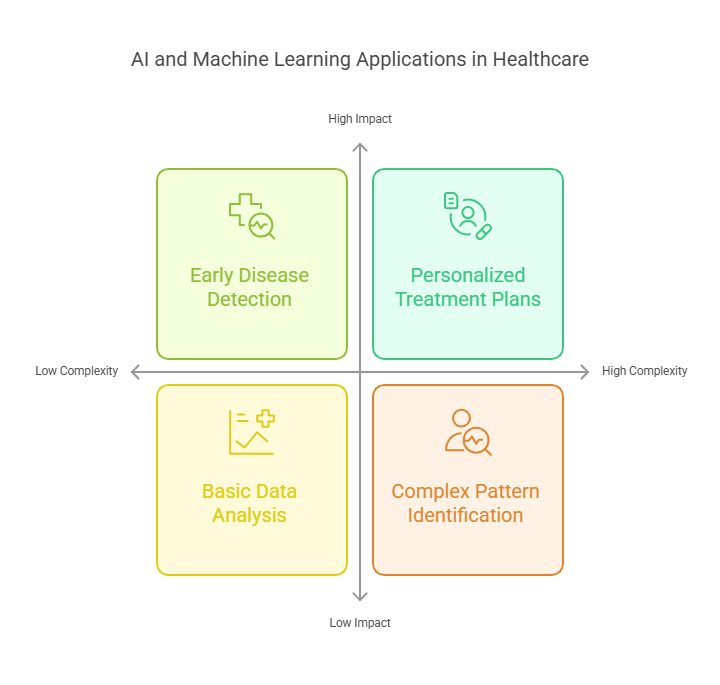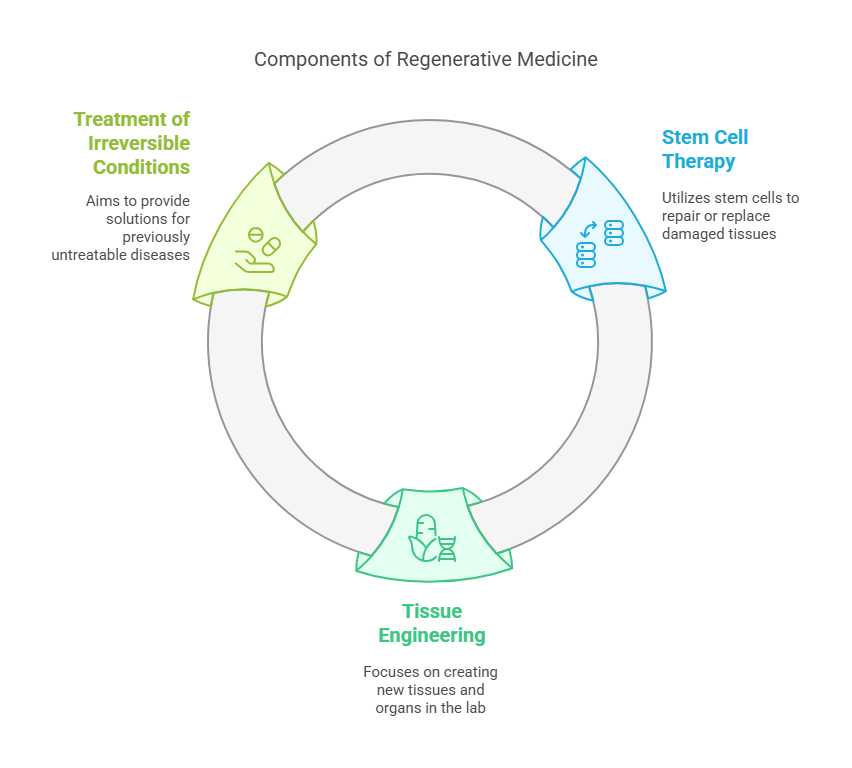Emerging Medical Treatments in 2025: What's New in Healthcare?
The healthcare landscape in 2025 is undergoing a transformative evolution, driven by groundbreaking innovations that are redefining patient care. From personalized therapies to advanced surgical techniques, the integration of technology and medicine is ushering in a new era of treatment modalities. This comprehensive overview delves into the most significant medical advancements of the year, highlighting their impact across various specialties.
1. Personalized mRNA Cancer Vaccines
Personalized mRNA cancer vaccines represent a significant leap in oncology, offering treatments tailored to individual genetic profiles. These vaccines work by instructing the immune system to recognize and attack cancer cells specific to a patient's tumor. In the UK, the NHS has initiated trials for the iSCIB1+ vaccine, targeting advanced melanoma patients. This needle-free vaccine enhances the immune response, aiming to prevent cancer recurrence.
2. Robotic-Assisted Surgery
Robotic-assisted surgery continues to revolutionize operative procedures by providing enhanced precision and control. Surgeons utilize robotic systems to perform minimally invasive surgeries, resulting in reduced recovery times and improved patient outcomes. These systems are increasingly employed in complex procedures across specialties such as urology, gynecology, and cardiothoracic surgery.
3. Telemedicine and Remote Patient Monitoring
The expansion of telemedicine has been accelerated by advancements in communication technologies. Patients now have greater access to healthcare services through virtual consultations, reducing the need for in-person visits. Remote patient monitoring devices track vital signs and chronic conditions, enabling proactive management and timely interventions.
4. 3D Printing in Medicine
3D printing technology is making significant strides in creating patient-specific medical devices and implants. Customized prosthetics, dental implants, and even bioprinted tissues are now feasible, enhancing the fit and function of medical interventions. Researchers are also exploring the potential of printing functional organs, which could address the shortage of donor organs in the future.
5. Nanotechnology and Nanomedicine
Nanotechnology is playing a pivotal role in diagnostics and targeted therapy. Nanoparticles are engineered to deliver drugs directly to diseased cells, minimizing side effects and improving treatment efficacy. In diagnostics, nanosensors detect biomarkers at early stages, facilitating prompt diagnosis and intervention
6. Virtual Reality in Mental Health Therapy
Virtual reality (VR) is emerging as a valuable tool in mental health treatment, particularly for conditions like anxiety and PTSD. VR therapy immerses patients in controlled environments where they can confront and manage their fears under professional guidance. This approach enhances patient engagement and has shown promising results in therapeutic outcomes.
7. Bioconvergence: Integrating Disciplines for Innovation
Bioconvergence refers to the integration of biology with fields like engineering, AI, and nanotechnology to develop innovative healthcare solutions. This multidisciplinary approach is leading to advancements such as organ-on-a-chip models for drug testing and personalized medicine strategies that consider a patient's unique biological makeup.
8. Theranostics: Combining Therapy and Diagnostics
Theranostics is an approach that combines diagnostic imaging and targeted therapy to treat diseases more effectively. By using specific molecules labeled with radioactive substances, clinicians can visualize tumors and deliver targeted radiation therapy simultaneously. This method is particularly beneficial in managing cancers like prostate and thyroid.
9. AI and Machine Learning in Healthcare
Artificial intelligence (AI) and machine learning algorithms are increasingly utilized to analyze complex medical data, aiding in diagnosis and treatment planning. These technologies can identify patterns and predict disease progression, enabling personalized treatment plans and improving patient outcomes.
10. Regenerative Medicine and Stem Cell Therapy
Regenerative medicine focuses on repairing or replacing damaged tissues and organs through stem cell therapy and tissue engineering. Advancements in this field are leading to the development of treatments for conditions previously deemed irreversible, such as spinal cord injuries and degenerative diseases.
Lesser-Known Medical Innovations in 2025
1. Exosome-Based Therapies: Exosome-based therapies are advancing rapidly in 2025, leveraging cell-derived vesicles for targeted drug delivery and regenerative treatments. These therapies include personalized formulations tailored to individual biomarkers, applications in aesthetic medicine for faster recovery, and breakthroughs in joint repair and hair restoration. They offer minimally invasive solutions with enhanced effectiveness compared to traditional methods. (Source)
2. Organ-on-a-Chip Technology: Organ-on-a-chip (OoC) devices simulate human organ functions using microfluidic systems embedded with living cells. These chips are revolutionizing drug testing by enabling personalized medicine and reducing reliance on animal models. For example, cancer patients can recreate their tumors on a chip to test optimal drug regimens, enhancing precision treatment. (Source)
3. Bioprinted Skin Grafts: Bioprinting technology is transforming reconstructive surgery by creating skin grafts that mimic natural skin structure and function. These grafts incorporate vascular cells for improved angiogenesis and bioactive molecules to stimulate regeneration. Innovations include pigmentation-matched constructs for darker skin tones, addressing aesthetic and functional challenges in burn and wound care. (Source)
4. Wearable Biosensors: Wearable biosensors are evolving beyond basic health monitoring to analyze biomarkers like glucose, hydration levels, and stress hormones through sweat analysis. These devices enable non-invasive early disease detection, personalized treatment plans, and improved patient outcomes, making them integral tools in modern healthcare. (Source)
5. CRISPR-Based Diagnostics: CRISPR-based diagnostic tests are enabling rapid detection of pathogens without nucleic acid amplification. By combining CRISPR/Cas units into a feedback loop system, these tests achieve high sensitivity for detecting multi-drug-resistant bacteria and other pathogens at low concentrations, streamlining infection management. (Source)
6. Digital Therapeutics: Digital therapeutics (DTx) use software-driven interventions to manage chronic diseases such as diabetes or mental health conditions. AI-powered algorithms enhance personalization and engagement by adapting therapies in real-time based on user data, ensuring effective treatment outcomes. (Source)
Related Blogs
What You Need to Know About the Future of Medicine?
How New Medical Treatments are Revolutionizing Chronic Disease Management?
Explore Courses for Clinical Research Career
Courses Available:
Conclusion
The healthcare industry in 2025 is transforming rapidly through cutting-edge treatments and interdisciplinary innovation. From personalized mRNA vaccines to AI-guided surgeries and remote patient monitoring, these breakthroughs are not only improving outcomes but also reshaping how care is delivered. As these technologies become more accessible and refined, they hold the promise of a future where prevention, precision, and personalization define modern medicine. At CCRPS, we remain committed to providing up-to-date insights and training programs that support healthcare professionals navigating this exciting new frontier.
Frequently Asked Questions (FAQs)
-
Emerging treatments include personalized mRNA cancer vaccines, robotic-assisted surgeries, and CRISPR-based therapies. These innovations are making care more targeted and effective.
-
Telemedicine now includes real-time remote monitoring using wearables, AI-driven diagnostics, and expanded virtual care services, making healthcare more accessible than ever.
-
Bioconvergence refers to the fusion of biology, engineering, AI, and digital technologies to create more effective diagnostics, treatments, and medical devices.
-
Yes, 3D printing is used to create customized implants, prosthetics, and even bioprinted tissue, helping improve fit, functionality, and recovery outcomes for patients.


